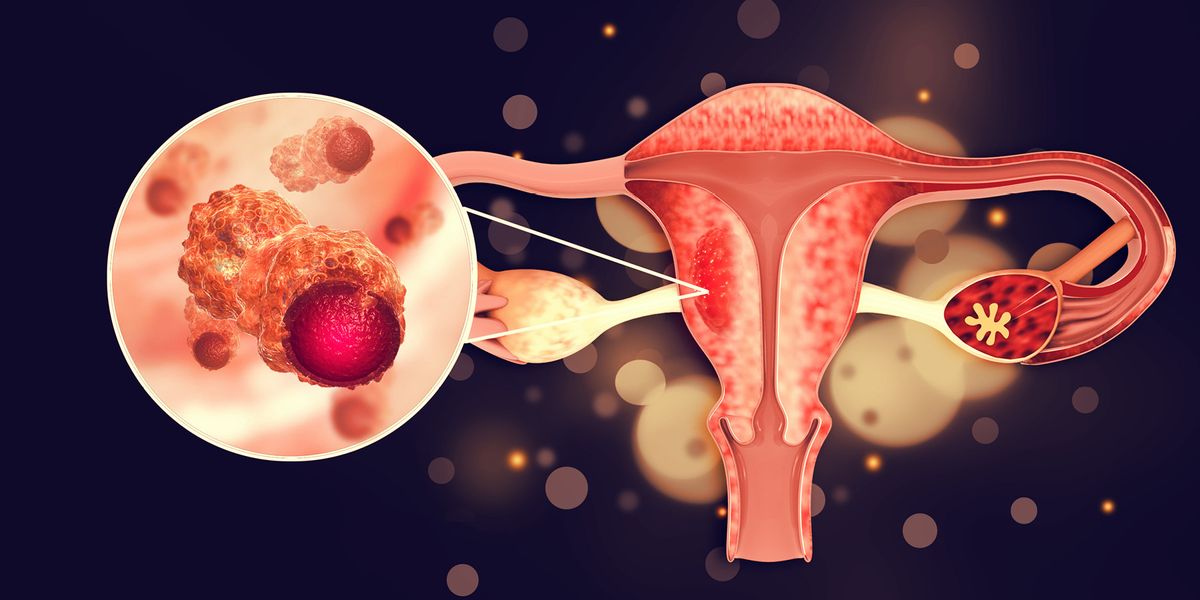In the realm of women’s health, ovarian cancer casts a serious shadow, standing as one of the most formidable adversaries to well-being. This insidious disease often goes undetected until advanced stages, making awareness, early detection, and proactive care crucial in the fight against it. This article delves into the depths of ovarian cancer, shedding light on its risk factors, symptoms, diagnosis, treatment options, and the power of knowledge in empowering individuals to take control of their health.
Unveiling Ovarian Cancer: A Silent Threat
Ovarian cancer occurs when abnormal cells in the ovaries, which produce eggs and hormones, multiply uncontrollably, forming tumors. Often referred to as the “silent killer,” ovarian cancer can develop without presenting noticeable symptoms until it reaches advanced stages, making early detection challenging.
Risk Factors and Prevention
1. Age:
Ovarian cancer is more common in women over 50, with the risk increasing as age advances.
2. Family History:
A family history of ovarian, breast, or colorectal cancer elevates the risk, often due to inherited gene mutations like BRCA1 and BRCA2.
3. Personal History:
A history of breast, uterine, or colorectal cancer increases the risk.
4. Hormone Replacement Therapy:
Long-term use of hormone replacement therapy after menopause can raise the risk.
5. Infertility Treatment:
Certain fertility drugs and hormone therapies may slightly increase the risk.
6. Lifestyle Factors:
Obesity and a diet high in fat may contribute to a higher risk.

Recognizing Symptoms and Early Detection
Ovarian cancer symptoms are often vague and mimic other conditions. Being vigilant about these signs is crucial:
1. Abdominal Bloating:
Persistent bloating, feeling full quickly, or difficulty eating may be a sign.
2. Pelvic Pain:
Constant pelvic discomfort, urgency to urinate, or frequent urination could indicate an issue.
3. Changes in Appetite:
Unexplained weight loss or gain, coupled with changes in appetite, may be indicative.
4. Fatigue:
Excessive fatigue that doesn’t improve with rest might be a symptom.
5. Changes in Menstrual Cycle:
Any irregularities or changes in the menstrual cycle should be noted.
Diagnosis and Treatment
1. Diagnosis:
Diagnosing ovarian cancer involves a combination of physical exams, imaging tests (ultrasound, CT scans), and blood tests (CA-125).
2. Staging:
Staging determines the extent of cancer spread, guiding treatment decisions.
3. Treatment:
Treatment varies based on the stage, overall health, and preferences of the patient:
a. Surgery:
Surgical removal of the ovaries, fallopian tubes, and nearby lymph nodes is common. In advanced cases, removal of affected organs and tissues may be necessary.
b. Chemotherapy:
Chemotherapy uses drugs to target and destroy cancer cells. It can be administered before or after surgery.
c. Targeted Therapy:
Targeted drugs aim to block specific pathways that cancer cells use to grow and divide.
d. Radiation Therapy:
Radiation therapy may be used in specific cases to target and destroy cancer cells.
Empowering Knowledge and Advocacy
1. Early Detection:
Regular check-ups and awareness of symptoms contribute to early diagnosis.
2. Genetic Testing:
Individuals with a family history of ovarian cancer can consider genetic testing for mutations.
3. Advocacy and Support:
Joining support groups and engaging in advocacy efforts can raise awareness and provide emotional support.
4. Lifestyle Factors:
Maintaining a healthy weight, staying physically active, and eating a balanced diet may reduce the risk.
Conclusion: Fostering Empowerment through Knowledge
In conclusion, ovarian cancer underscores the importance of proactive healthcare and awareness. While it presents challenges, knowledge is the beacon that guides us towards early detection and informed decisions. By understanding risk factors, recognizing symptoms, and advocating for comprehensive healthcare, individuals can take significant strides in confronting ovarian cancer. As we embrace education and advocacy, we stand united in our commitment to empower women with the tools they need to navigate their health journey and ensure that the shadows of ovarian cancer are diminished by the light of awareness and empowerment.



